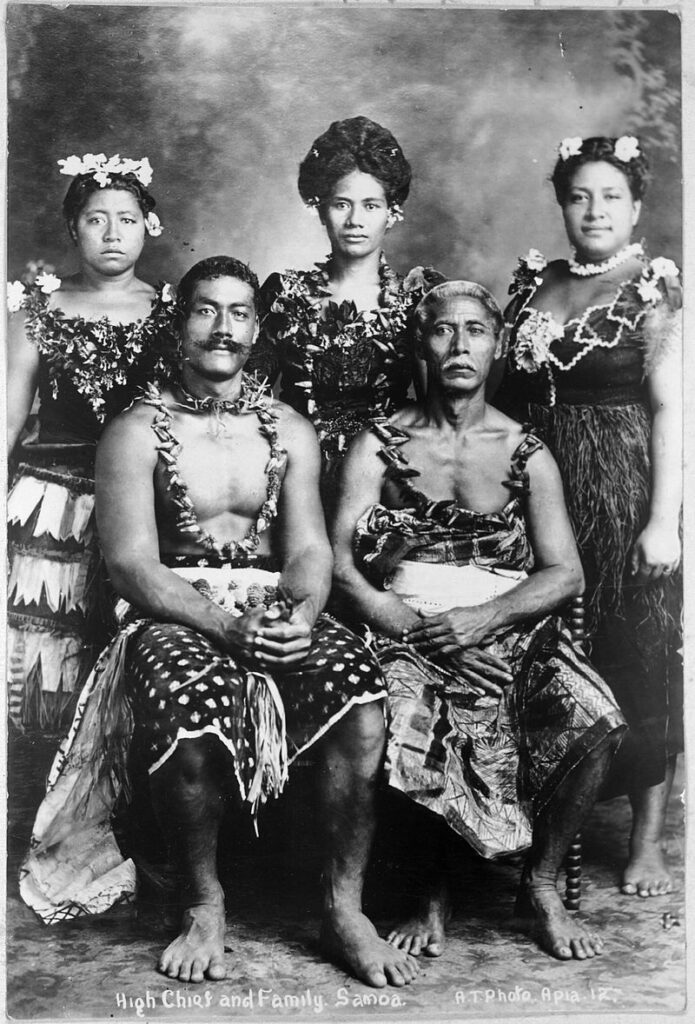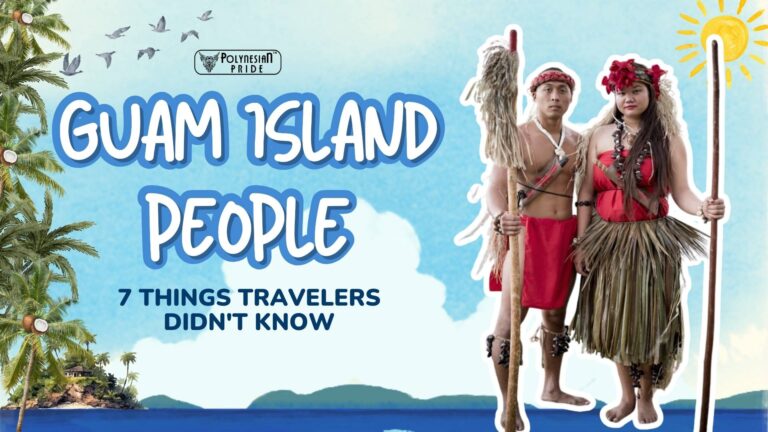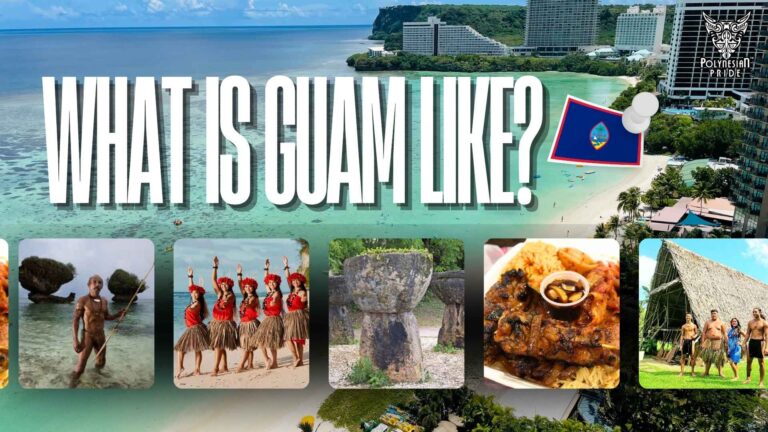History of Samoa: Witnessing An Epic Journey

Introduction
The history of Samoa is a rich tapestry of cultural evolution. Uncover the story and explore events that have shaped its distinct cultural heritage.
Ancient Samoa
History of Samoa: First Inhabitant Settlement

Samoans, part of the Polynesian group, are believed to have migrated into the Pacific from the west, likely passing through the East Indies and the Malay Peninsula. These early settlers, known as the Lapita people, arrived in the Samoan islands around 3,000 years ago, circa 1000 BC. Archaeological findings, including over a hundred star-shaped stone platforms called “star mounds,” provide evidence of their presence. Notably, the Pulemelai Mound on Savai’i Island is a significant historical site. Archaeologists recognize Mulifanua on Upolu Island as Samoa’s oldest known site of human habitation. Samoa’s history is intertwined with Tonga and Fiji, sharing genealogical ties and cultural traditions.
Samoans excelled in navigation, boatbuilding, and fishing, and their society was centered around maritime activities. Agriculture thrived, with crops like yams, taro, breadfruit, bananas, sugarcane, and coconuts cultivated. Villages governed by chiefs known as matai were typical, often featuring fortified coastal settlements. Conflict frequently arose among prominent families competing for power, fueled by longstanding blood ties and rivalries.
The Samoan vs The Tongan
Around 950 AD, Samoa had district rulers, although not unified under a single king. Tongans, led by King Talaaifeii Tuitoga, gained control by settling in Safotu, Savai’i. Their conquest continued to Upolu, where they faced formidable resistance from the Samoan chief Malietoa Savea.
In a pivotal battle, Malietoa Savea and his forces emerged victorious, repelling the Tongan invaders and securing the sovereignty of Upolu. The significance of this triumph reverberated throughout Samoan history, leading to Malietoa’s esteemed status. The name “Malietoa”, bestowed upon the head of one of Samoa’s four royal families, symbolizes bravery and courage, serving as a lasting tribute to Malietoa Savea’s courageous leadership during this historic confrontation.
Colonial history of Samoa
The First European In the History Of Samoa
In the 18th century, European explorers began arriving in Samoa. In 1722, Dutch admiral Jacob Roggeveen embarked on a Pacific voyage, crossing east to west with both exploration and commercial objectives.
He reached Easter Island, parts of the Tuamotu Archipelago, some northern islands of the Society group, and several Samoan islands. Roggeveen meticulously charted the locations of six islands in the Tuamotu Archipelago, two in the Society Islands, and four in Samoa. However, he lost his flagship, Afrikaansche Galey, at Takapoto Atoll.
By 1879, Goddefroy had gone bankrupt, but its interests persisted through the Deutsche Handels- und Plantagen-Gesellschaft der Sűdsee-Inseln zu Hamburg (DHPG). This entity advocated for the German annexation of Samoa, hoping to acquire forced labor for its plantations.

The Samoa Civil War
From 1886 to 1899, Samoan experienced two civil wars in its history of Samoa. The first conflict arose over who would become the next King of Samoa: Malietoa Laupepa or Mata’afa Iosefo. The result was the ascension of Malietoa Laupepa as king.
After Laupepa’s death, the second Samoan Civil War erupted in 1898, with Germany, the US, and the UK competing to control the islands.
In the decisive Battle of Vailele, Mata’afa defeated the combined Allied forces. Following this, the United States acquired American Samoa.
Britain withdrew its claim in exchange for concessions in the Solomon Islands, and Germany took control of German Samoa. Mata’afa Iosefo became the paramount chief of Samoa. The archipelago was ultimately divided between Germany and the United States in 1899 at the Tripartite Convention.

Germany’s Influence on the History Of Samoa
During the history of Samoa, German rule saw authorities appoint Mata’afa as paramount chief in a symbolic gesture. At the same time, the German authorities abolished the institution of kingship to restrict Samoan authority. During this period, we also witnessed the establishment of Samoa’s first public education system, a hospital, and the development of an extensive road network.
German companies imported workers from Melanesia and China to labor on plantations across the islands in Samoa. Working conditions were harsh, with the Chinese workers generally faring better as they received some wages, unlike the Melanesians. Many Chinese laborers settled in Samoa, marrying locals and forming families whose descendants reside today.
British and New Zealand in Samoa

After its defeat in World War I, Germany lost its colonial territories, including German Samoa.
In August 1914, with the outbreak of war in Europe, Britain asked New Zealand to seize German Samoa as a vital Imperial service. New Zealand promptly responded, and on August 29, the Samoa Advance Party of the New Zealand Expeditionary Force, led by Lieutenant-Colonel Robert Logan, landed at Apia.
In 1920, the League of Nations entrusted German Samoa to New Zealand as the mandate of Western Samoa. New Zealand remained in control until Samoa gained independence, making it the final foreign power to administer the islands from 1918.
History Of Samoa: The Path to Independence
The early 20th century saw the history of Samoa’s struggle for independence. The colonial rule faced significant resistance from the Samoan people. Under the New Zealand administration after World War I, Western Samoa experienced a substantial push for self-governance:
The Mau Movement: In the late 1920s, Samoans, frustrated by foreign rule, formed the Mau Movement. Their main goal was independence from New Zealand.
Black Saturday: On December 28, 1929, tensions erupted during a parade in Apia, a pivotal moment in the history of Samoa. Police fired on the crowd, killing eight people, including leader Tuta Tamasese Lealofi III. This tragic event is remembered as Black Saturday.
Progress Toward Independence: The Great Depression and World War Two delayed the path to independence. After the war, Samoa became a United Nations Trust territory under New Zealand’s administration.
The 1961 Referendum: In January 1961, Samoa submitted a proposal for independence to the United Nations. On January 1, 1962, Western Samoans voted overwhelmingly for independence. Samoa became independent that day under Prime Minister Fiame Mata’afa, marking a significant milestone in the history of Samoa.
From “Western Samoa” to “Samoa”: The country was known as Western Samoa from 1962 to 1997. In 1997, it officially became Samoa.

Morden Samoa
At the dawn of the new millennium, Samoa faced a formidable challenge. On September 29, 2009, a powerful undersea earthquake struck south of Apia in the Pacific Ocean, triggering a devastating tsunami. The tsunami surged through Samoa in multiple waves, wreaking havoc, flattening villages, and claiming many lives.
In the aftermath, aided by international support, Samoa embarked on a remarkable reconstruction journey. Over the ensuing years, efforts focused on rebuilding infrastructure, schools, homes, and businesses. Remarkably, by 2010 and 2011, many resorts had resumed operations, signaling a swift recovery.
Samoa stands as a beacon of Polynesian culture, boasting one of the most preserved indigenous cultures in the region. The essence of Samoa’s rich heritage shines through its people’s daily lives.
Today, the nation thrives with a dynamic economy centered around fishing, agriculture, and tourism. Its scenic landscapes and picturesque beaches continue to allure visitors, contributing to Samoa’s vibrant tourism industry.

History of Samoa: Tradition and Innovation
Samoa’s cultural heritage is a rich tapestry of ancient traditions, resilience, and innovation, shaping its identity and pride.
Preserving Samoan Culture
Preserving the history of Samoa is a community effort. Festivals, cultural events, and educational programs play a crucial role in keeping traditions alive. Organizations and individuals alike are dedicated to promoting and safeguarding Samoan culture, ensuring that its rich heritage continues to thrive.
Traditional Arts
Tattooing, weaving, carving, and sapio making in Samoa traditional clothing are significant parts of the history of this country. These practices convey cultural stories and beliefs, and artisans play a key role in preserving these traditions.
Ceremonies and Customs
Ceremonial practices, such as ava ceremonies and traditional weddings, reinforce societal values and respect for elders. Upholding these customs is integral to Samoan life.
Dance and Music
Samoan dance, music, and performance arts express cultural identity through storytelling and rhythmic drumming. These traditions thrive through competitions and festivals, blending heritage with innovation.

Conclusion
The history of Samoa showcases resilience and adaptability, from ancient times to modern achievements. By honoring its past and embracing the future, Samoa thrives as a culturally rich nation. With its vibrant heritage and breathtaking landscape, Samoa is a must-add to your bucket list this year.
FAQs
How did Samoa get its name?
The meaning of “Samoa” remains unclear, with no universally accepted explanation. According to one Samoan interpretation, it is a combination of “Sa,” meaning “tribe or people of,” and “Moa,” which translates to “chicken.” This refers to the lineage of the Tui Manu’a, the highest-ranking titleholder in eastern (American) Samoa.
What is the significance of the ‘ava ceremony in Samoan culture?
The ‘ava ceremony is significant in the history of Samoa and Samoan society, symbolizing respect, unity, and hospitality. It’s a common practice at important events, where participants share the ‘ava drink, crafted from the kava plant’s root.
How has Samoan cuisine evolved?
Samoan cuisine combines indigenous ingredients and cooking methods with influences from diverse cultural backgrounds. Traditional dishes often include staples like taro, coconut, and seafood. At the same time, modern influences have introduced new flavors and culinary techniques to Samoan cooking.
What role do traditional arts and crafts play in Samoan culture?
Traditional arts and crafts are deeply revered in Samoan culture. They serve as vehicles for expression, storytelling, and the preservation of heritage. From beautifully woven mats and tapa cloth to expertly carved wooden implements, these crafts highlight the creativity and expertise of Samoan artisans.

I am a cultural historian and editor with over 10 years of research into pre-contact Polynesian history, the Lapita migration, and oral traditions. Share the excitement of my latest publications.
My contact:
Email: [email protected]
Tel: +64 21 456 7890






